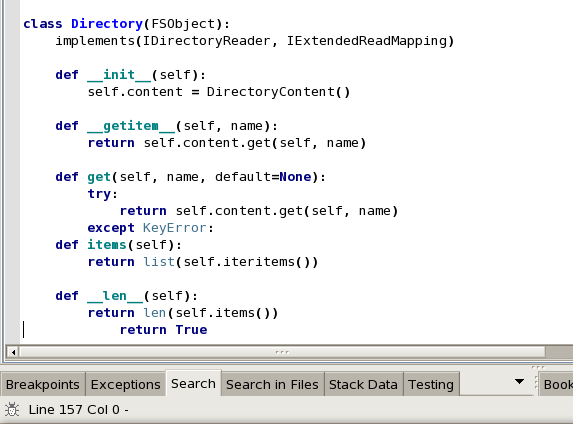The term “egg” as used in the Python community seems so whimsical. It deserves lots of puns. A couple of weeks ago, I made a little utility for myself that takes all the eggs from an egg farm produced by zc.buildout and makes a single directory tree full of Python packages and modules. I called it Omelette. Get it? Ha! (I can hear chickens groaning already…) The surprising thing about Omelette is it typically finishes in less than 1 second, even with dozens of eggs and thousands of modules. It mostly produces symlinks, but it also unpacks zip files. I plan to share it, but I don’t know when I’ll get around to packaging it.
Anyway, I want to talk about poaching patching eggs. As systems grow in complexity, patching becomes more important. Linux distributors, for example, solve a really complex problem, and their solution is to patch nearly every package. If they didn’t, installed systems would be an unstable and unglued mess. I imagine distributors’ patches usually reach upstream maintainers, but I also imagine it often takes months or years for those patches to trickle into a stable release of each package.
I really want to find a good way to integrate patching into the Python egg installation process. I want to be able to say, in package metadata, that my package requires ZODB with a certain patch. That patch would take the form of a diff file that might be downloaded from the Web. I also want to be able to say that another package requires ZODB with a different patch, and assuming those patches have no conflicts, I want the Python package installation system to install ZODB with both patches. Moreover, I want other buildouts to use ZODB without patches, even though I have a centralized cache of eggs in my ~/.buildout directory.
So let’s say my Python package installation system is zc.buildout, setuptools, and distutils. Which layer should be modified to support patching? I don’t think the need for automated patching arises until you’re combining a lot of packages, so it would seem most natural to put patching in zc.buildout. I can imagine a build.cfg like this:
[versions]
ZODB3=3.8.1 +poll-invalidations
[patches]
poll-invalidations=http://example.com/path/poll-invalidations-3.8.1.diff
I wonder how difficult it would be to achieve that. Some modification of setuptools might be required. Alternatively, can Paver patch eggs? I suspect Paver is not very good at patching eggs either.
